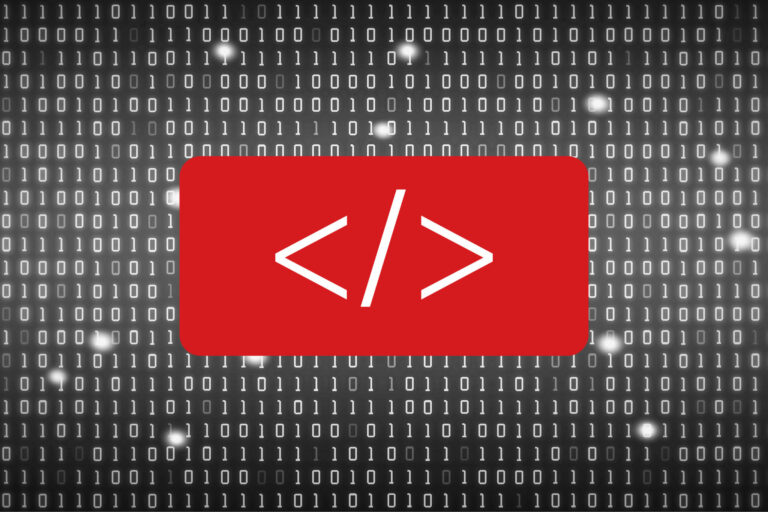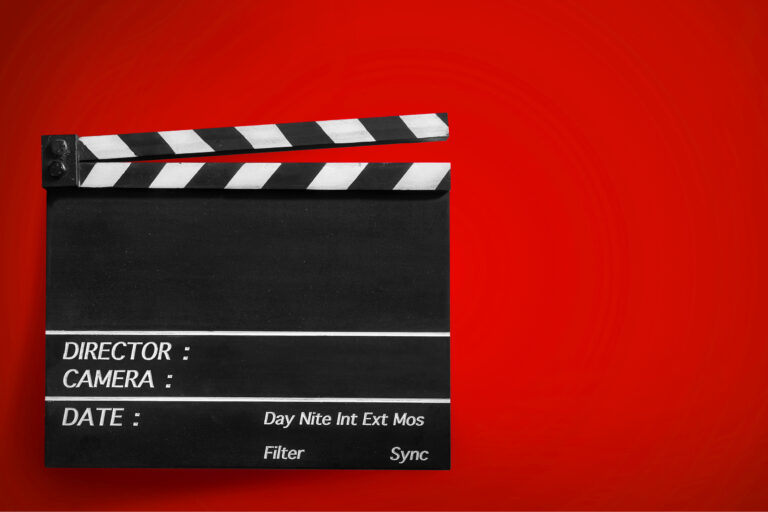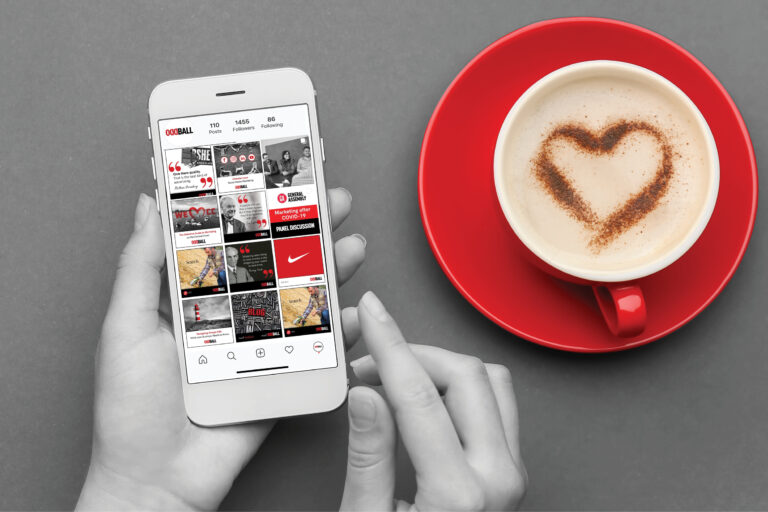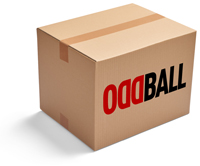When you’re writing marketing copy about your products or services, it’s important to go beyond simply telling people what they do and inspire them to engage with what you have on offer.
Doing this effectively comes down to the language you use. Language is so important. It will determine how successfully you can convert a person from reading about your product or service, to actual engagement with your business and taking action that will positively affect your bottom line.
Writing marketing copy that sells isn’t just about telling it how it is. To be effective, it needs to be more than a nuts and bolts description or comparison to similar competitors’ products.
You can talk about the features or you can talk about the benefits – the best and most effective copywriting is a combination of both. Particularly when writing content for your website.
Before we get to that, though, let’s really distinguish the difference between the two…
What Are Features
Writing the features of a product or service generally means you are making statements that are:
- Factual
- Descriptive
- Tangible
- Informative
- Specific
There is absolutely nothing wrong with writing feature content about your product, in fact, it’s really quite important.
Writing about features shows the reader what the product is made up of, what it does, and gives specifications, dimensions and technical attributes. Talking about the features provides an excellent avenue for you to show a comparison between you and your competition, because you can clearly demonstrate the differences between the two. Likewise, you can demonstrate how one product is an upgrade or improvement on another, or compare varying grades of the same product.
If you are in the business of cameras, for example, talking about the features would involve things like the pixels, lens, frame rates and filters – i.e. the hardware.
What’s missing, though?
Is showing the product going to inspire people to buy your camera? Sure, maybe if they are already a decent way along the buyer’s journey and pretty much ready to make a purchase. And if they know something about cameras and photography, and what all of those specifications mean in terms of taking photos.
But will the features alone inspire the amateur, who just wants to take nice photos on their family holiday?
The reality is, if you’re only writing about the features of a product, you’re expecting the consumer to draw their own conclusion as to what the product can do for them. It’s far better to lead the consumer to the conclusion you want them to reach, which is why we talk about the benefits of a product.
What Are Benefits
“What’s in it for me?” is the ultimate consumer question.
Illustrating the benefits alongside your features is the way in which you tell the consumer exactly what they can accomplish by using the product. You could even replace the word benefit with result. If you buy X the benefit (expected result) will be Y.
Talking about benefits is a way of creating an emotional connection between the product and the consumer, which is critical since people buy on emotion (and justify with logic).
For example, you can talk about the specifications of a camera, but what’s really going to convince a consumer to buy, is telling them they can take great family photos and create memories – you’re evoking an emotional response of sentimentality.
Writing marketing copy about the benefits of a product is providing the answers to a problem they possibly didn’t even know they had in the first place.
Since it’s in the best interest for you, the seller, to join the dots between the features and the benefits for consumers, here’s how you can start to know your benefits.
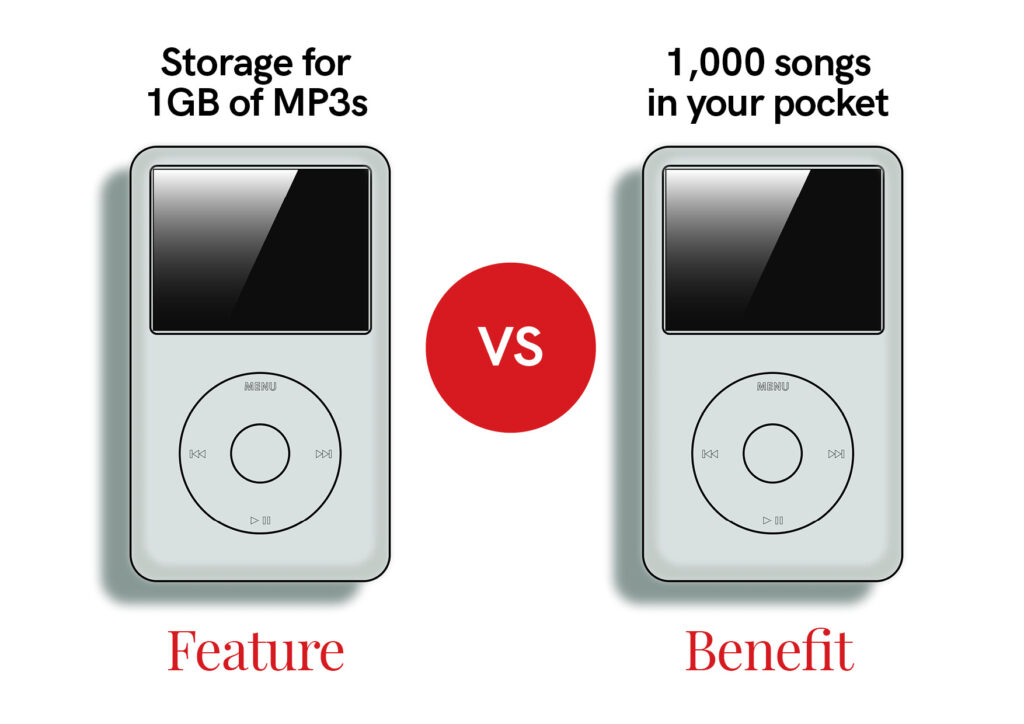
4 Steps to adding benefits to your Marketing Copy
- Make a list of all of the features of your products
- Write down next to each feature the reason why they’re a part of the product – after all, if they weren’t there for a reason they wouldn’t exist at all
- Why does that feature matter to the consumer? What difference will it make to them?
- What emotional connection can you create between the product and the consumer, based on that result?
Applying the process to our camera example…
- Camera can take up to 5 frames per second
- Enables quick capture of subjects
- Catch the perfect photo of your toddler on the go
- Never miss out on the precious moments of childhood again (sentimentality, affection, family, love)
Tapping into what actually motivates a consumer to purchase a product is much easier to achieve by talking about what’s in it for them. You can leave them feeling confident and reassured that their decision to go with your product is the right one.
Apply this to your brand
It’s worth mentioning that businesses can get a bit features-focussed even when it comes to their own brand.
Your excavator business might be 20 years old, so your website says “Since 1996” or “Operating for over 20 years” but, so what? What does that actually mean for the mum and dad who want to put a pool in the backyard for the kids in time for summer?
Well, you could assume they would draw the conclusion that your excavator operators are experienced, but what does that actually mean for them?
With over 20 years’ experience, you can be confident that your job will be completed on time, on budget and to a very high standard.
What’s in it for them? They get an amazing backyard without the stress! Of course, that’s what they want and now they are reassured you can deliver it because you’re experienced.
If you also talk about your business in terms of features and benefits, you can instil a brand identification and confidence that will create loyal clients who keep coming back to you, and don’t just shop around for the cheapest price.
Features and benefits have great synergy… Your features prove your benefits, i.e. you’ll get X benefit because Y feature.
It’s certainly worth your time to get clear on what your benefits are and start using them in your own business – language alone can have the ability to convert a ‘maybe’ to a ‘YES!’



